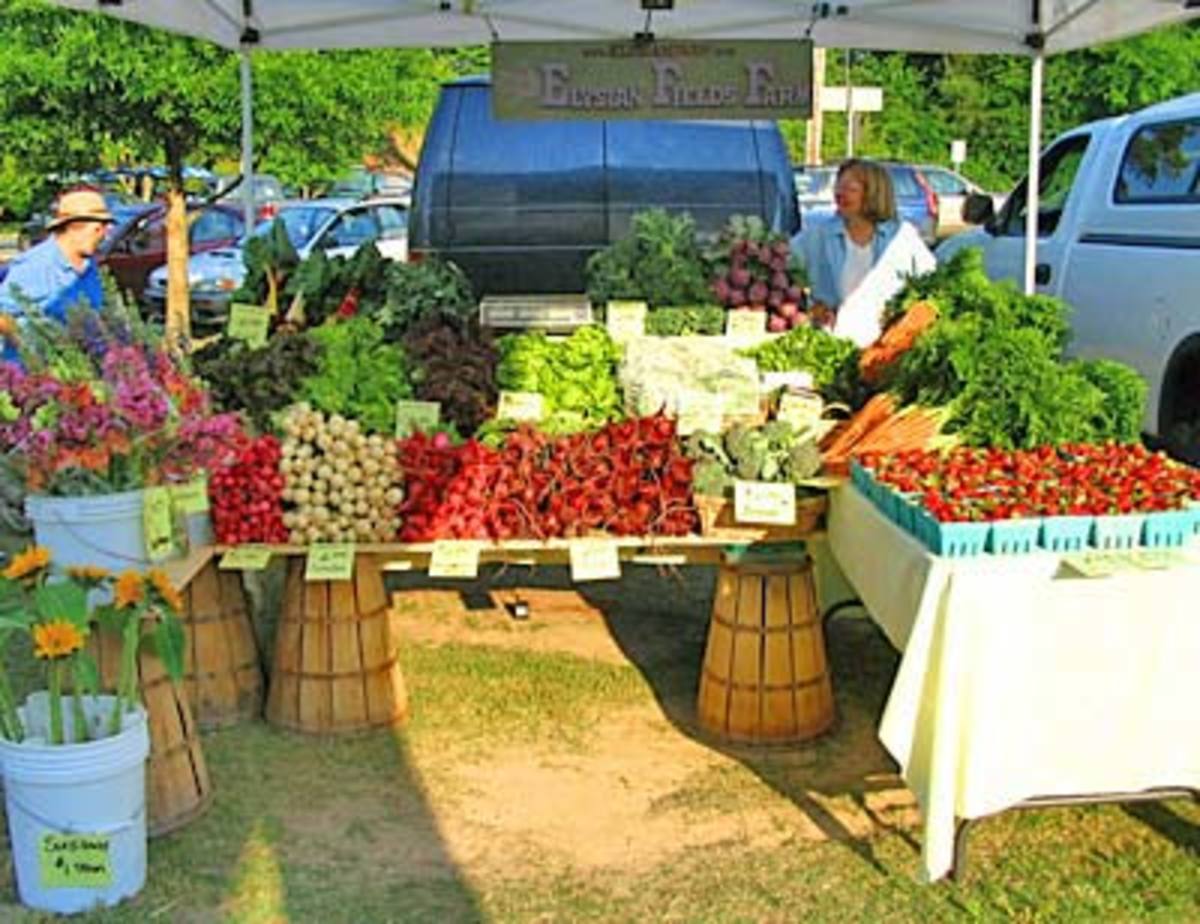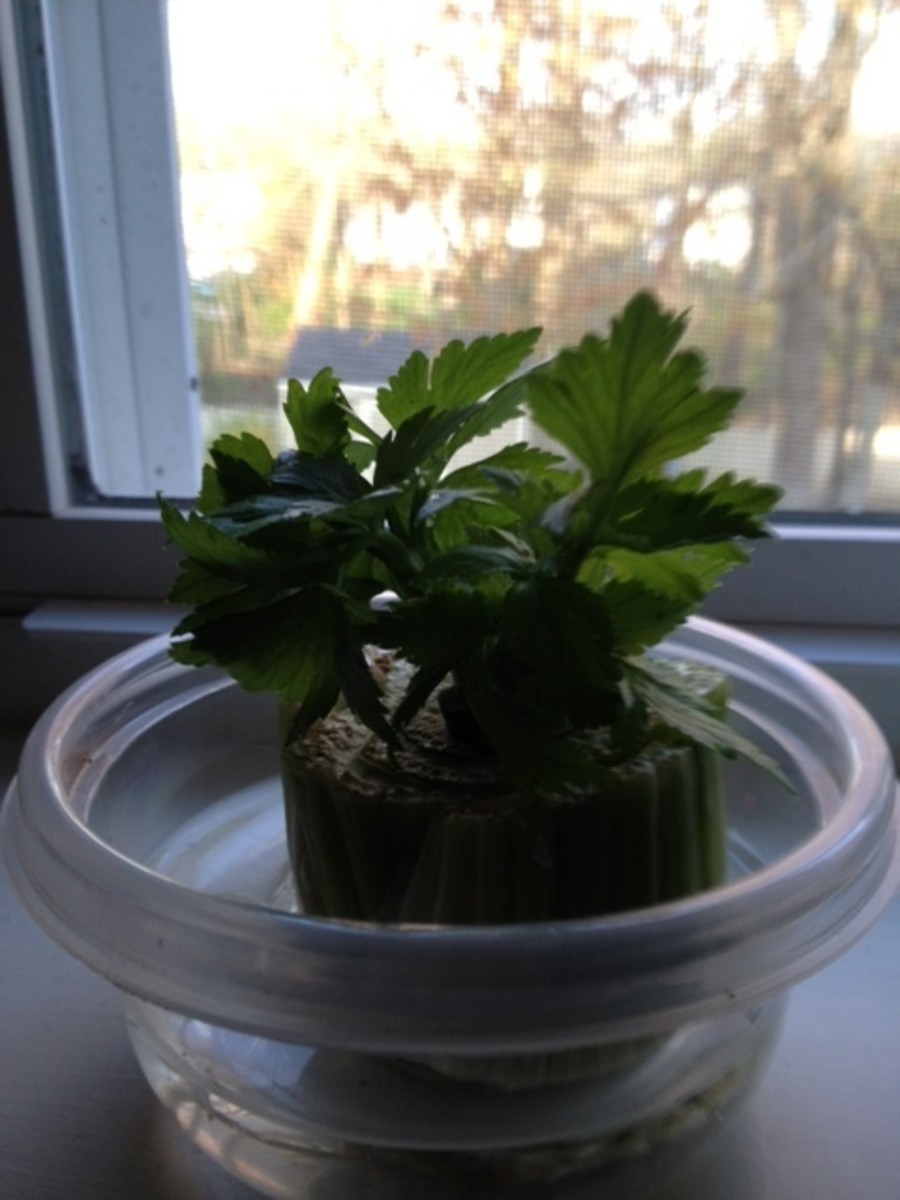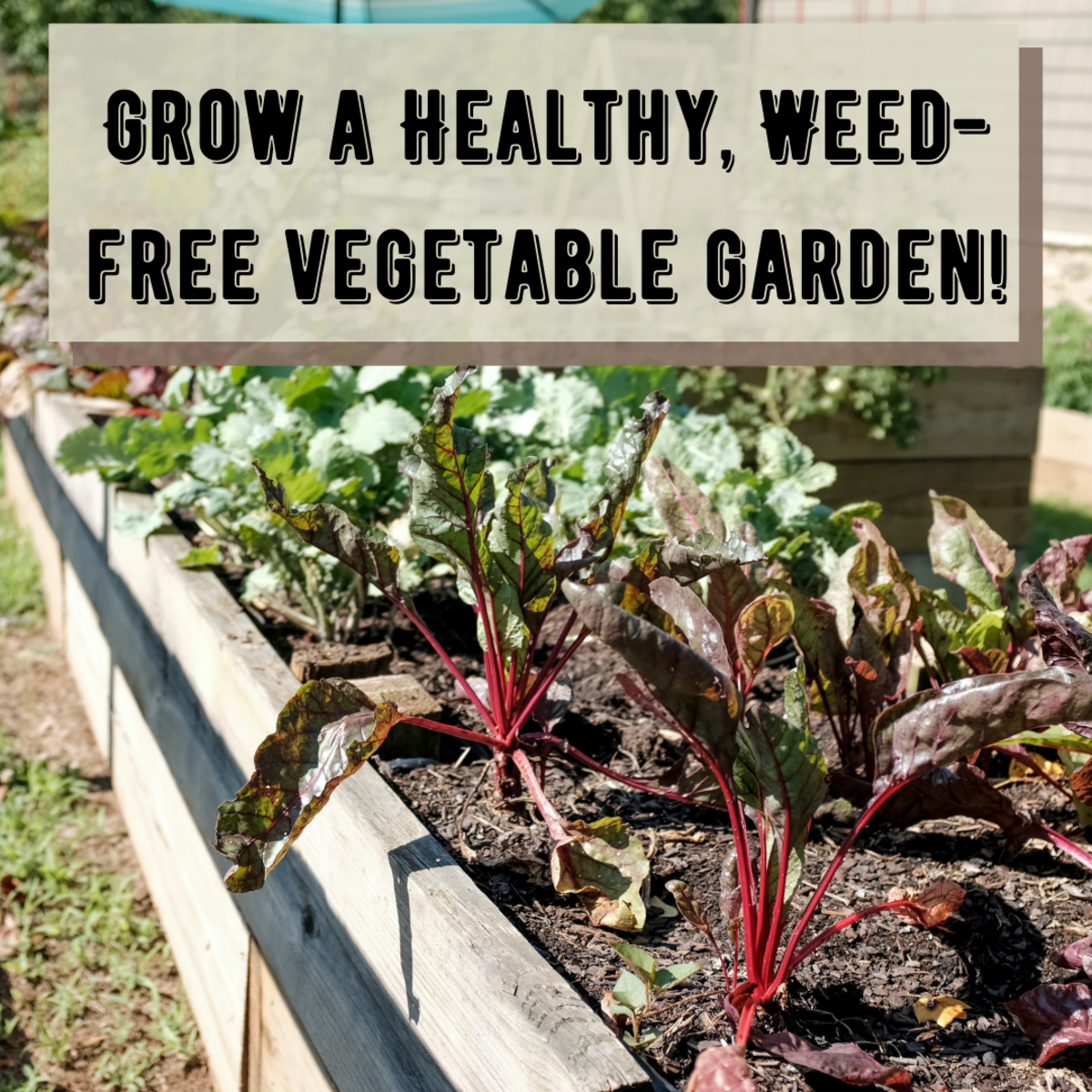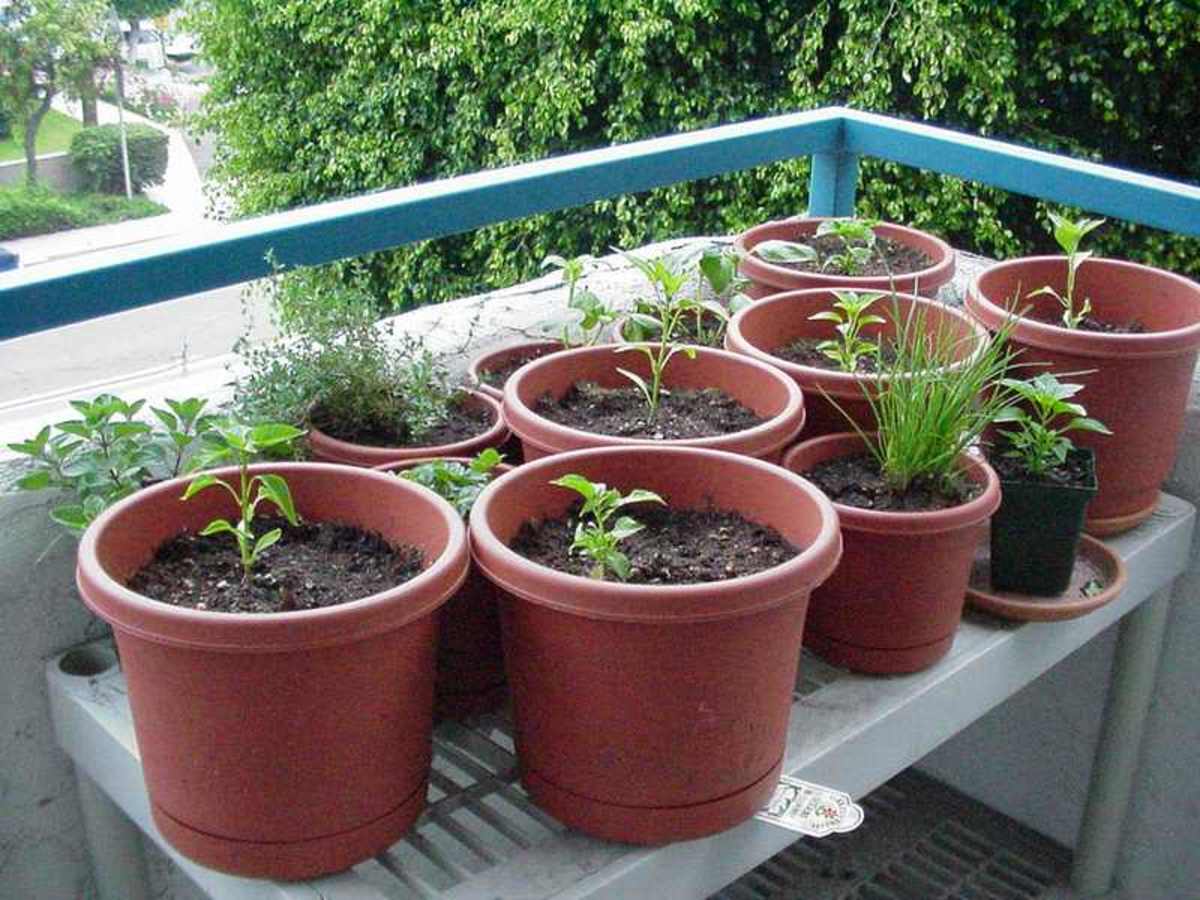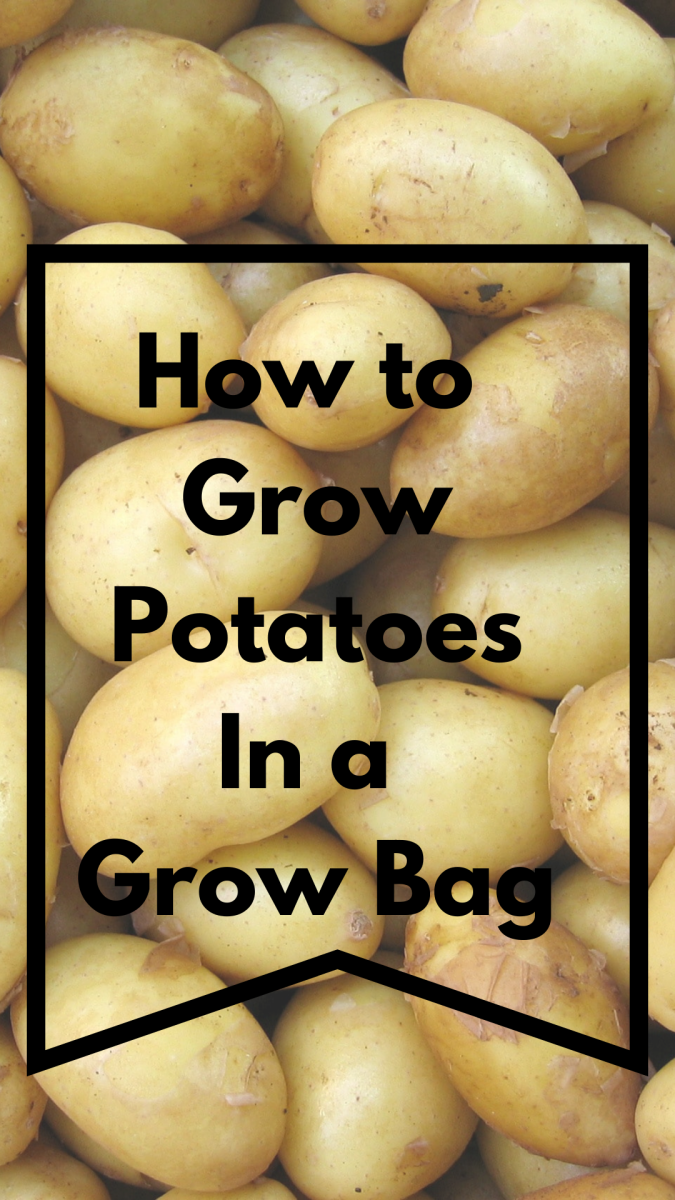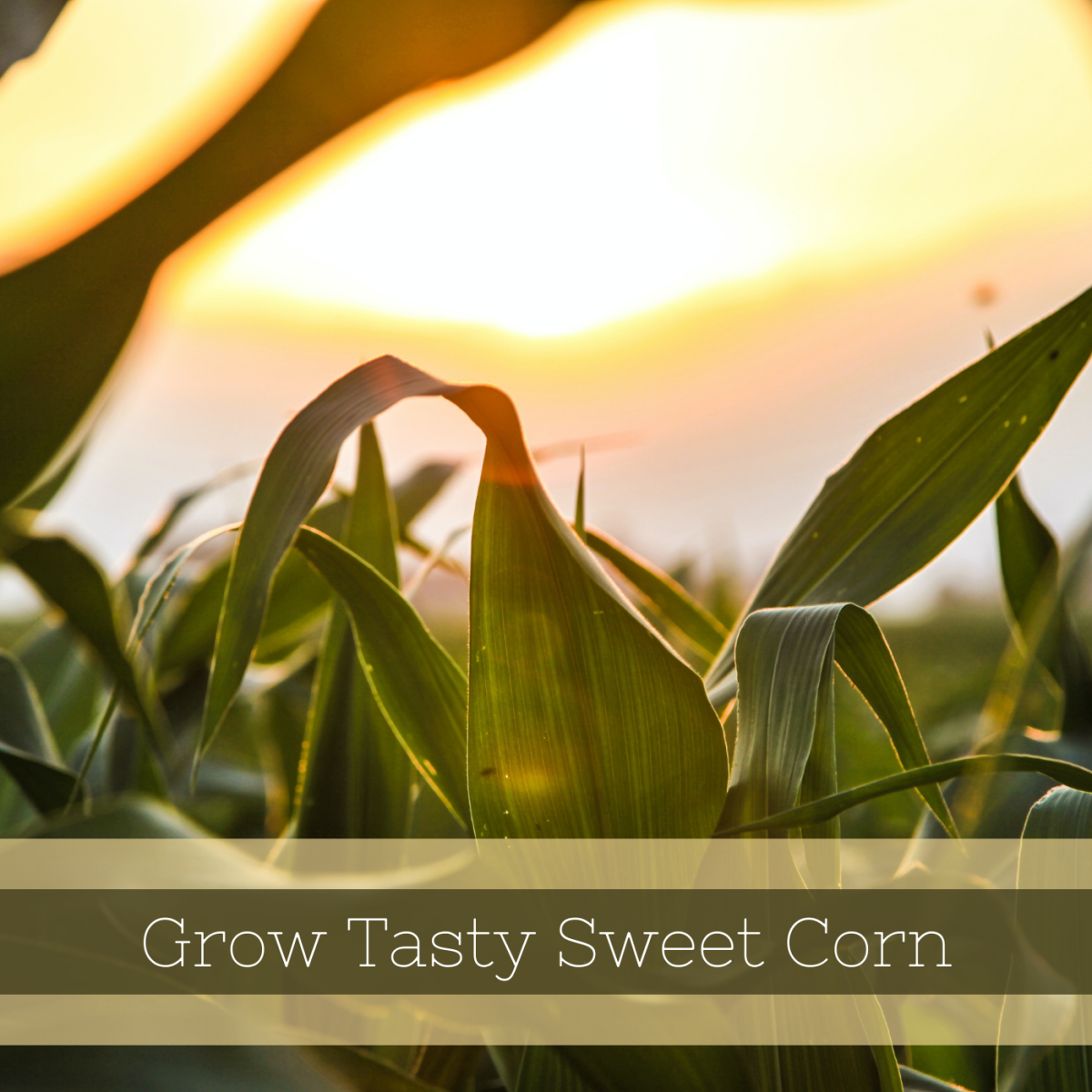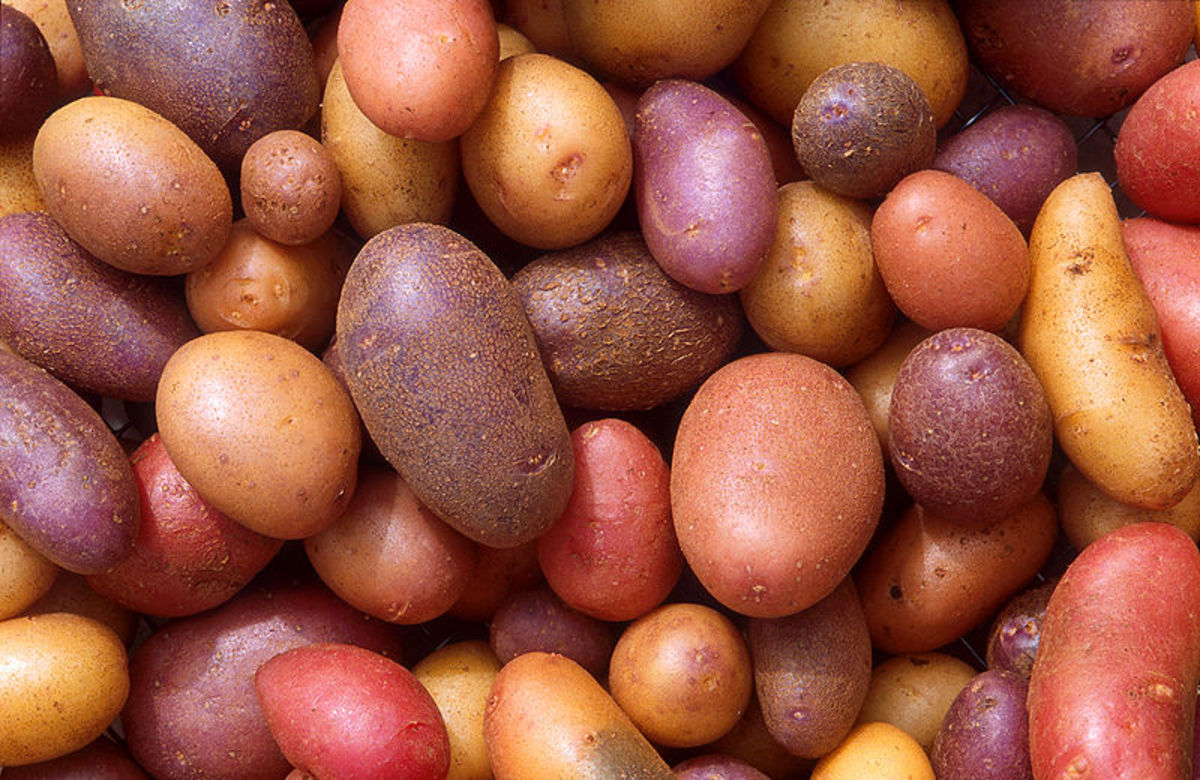How to Grow Great Vegetables
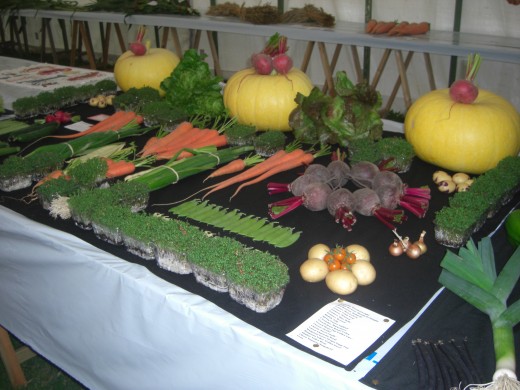
This article aims to provide you with some great basic tips for ensuring you achieve a healthy crop of home grown vegetables every year. Many people new to growing their own vegetables are disheartened when their early efforts fail, often giving up when they have barely got started. This is a real shame because vegetables are becoming increasingly expensive in the shops (in many places more expensive than meat). If you grow your own vegetables not only does the cost come down dramatically, but you know exactly what conditions they have been grown under, in other words you can avoid chemicals and pesticides if you wish to.
I have now been growing my own vegetables since I was a young child, and I can honestly say the fascination of harvesting a vegetable I have grown myself and then serving it up on the dinner table an hour later has never worn off. Every year I have more vegetables than I know what to do with (much to my neighbour's delight), and this is largely due to the routine I follow year to year. If you want to experience the same success growing vegetables at home then read this quick guide and start enjoying many more of your own vegetables in the months to come.
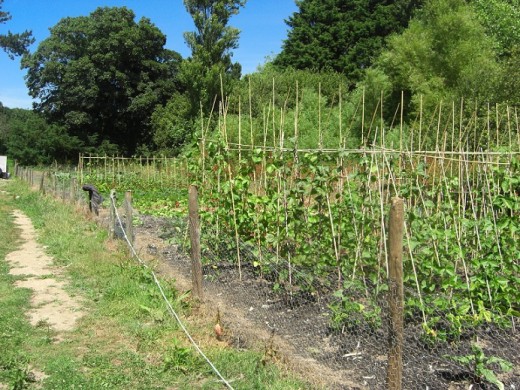
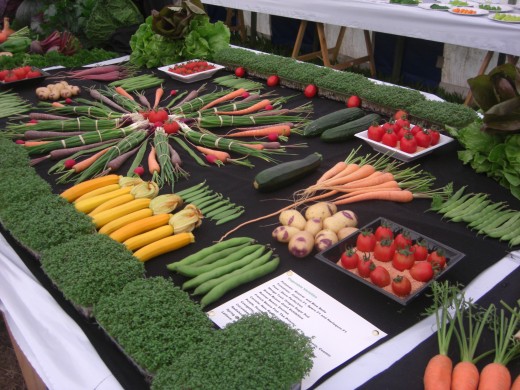
Top Tips for Growing Better Vegetables
- Spend time reading seed and plant catalogues. There is no point in growing things you don't eat no matter how prolifically they will grow. Likewise there is little point in having huge amounts of one vegetable ready all at one time of year. If you choose several different varieties of the same vegetable you can achieve a succession of the same crop throughout the growing season (Brussels Sprouts are a classic example of this).
- Sow little and often. Instead of sowing a whole row all at once try sowing the row in stages, perhaps a quarter of the row in the first week, then two or three weeks later the second quarter, and so on until the row is completed. By doing this you will have an ongoing crop of recently matured fresh vegetables to harvest with little or no wastage.
- Make multiple sowings of early crops such as carrots, beetroot and kohl rabi in order to extend their availability to season long.
- Swap surplus crops with other vegetable growers who have an abundance of different crops to yours.
- Attract pollinating insects to your vegetable plot or allotment by sowing the occasional row of flowers such as marigolds, dwarf sweet peas and cosmos. Additionally edge your paths with lavender and plant climbing sweet peas amongst your runner beans (remember to pick sweet pea flowers regularly in order to prolong the flowering season).
- Use pieces of old carpet underlay to make your own cabbage root fly collars. These will last several years making them far longer lasting than cardboard ones. Simply cut out 10cm square pieces, make a cut from one edge into the centre and then cut two smaller slits to form a 'Y' shape. Slide the plant stem into the centre and ensure the underlay is resting on the soil to prevent the adult cabbage root fly from laying its eggs at the base of the stem.
- Mulch vegetable plants thickly with well rotted manure, fresh seaweed, grass clippings, newspaper, spent compost etc. This will not only keep weeds from germinating, but it will help retain moisture, keep warmth in the soil and add nutrients at the same time.
- Don't allow your crops to become overcrowded. Regular thinning of crops such as carrots, radishes, beetroot etc is vital to ensure a good crop.
- Pick crops such as beans and peas frequently, even if you have more than you need already (you can always add them to the compost heap or give them to friends and family). If you fail to pick the pods before they mature the plants will stop producing flowers because they have achieved their purpose i.e. to produce seed. Unfortunately this also means cropping will stop prematurely.
- Make sure young plants do not go short of water. A plant that is allowed to wilt before it receives water will never grow to the same standard as one that was adequately moist at all times and it will be far more susceptible to diseases and pests. It is also far better to give plants a good soaking once every few days than to give them a little water daily because this will encourage them to form deep root systems in their search for moisture.
- Feed hungry plants such as tomatoes regularly in order to ensure the maximum crop.
- Watch out for pests such as whitefly, slugs, caterpillars etc and either remove them manually, treat them organically or use pesticides that you are comfortable with.
- Practice good crop rotation over a four year cycle. This will help keep soil-borne diseases such as onion mildew away, and it will also ensure that plants with varying nutritional requirements do not exhaust the soil in any one area. Ideally you want to make sure you never grow the same type of crop in the same location the following year. An ideal crop rotation pattern over a four year period is as follows:
Suggested Four Year Crop Rotation
Plot 1. Root crops such as carrots and parsnips that require little in terms of nutrients. Do not add manures because this is likely to cause them to produce forked roots. Lightly cultivate the soil prior to planting (no need for actual digging if the plot has been previously used for growing).
Plot 2. Brassicas such as cabbage, broccoli, cauliflower etc. Double dig the soil and incorporate plenty of well rotted farmyard manure because these plants are heavy feeders.
Plot 3. Peas, beans, chard, lettuce, sweetcorn etc. Single digging is adequate in this instance but ideally add some well rotted farmyard manure prior to digging.
Plot 4. Potatoes, tomatoes, courgettes and onions. Much as above, single digging with some well rotted farmyard manure incorporated at the same time.
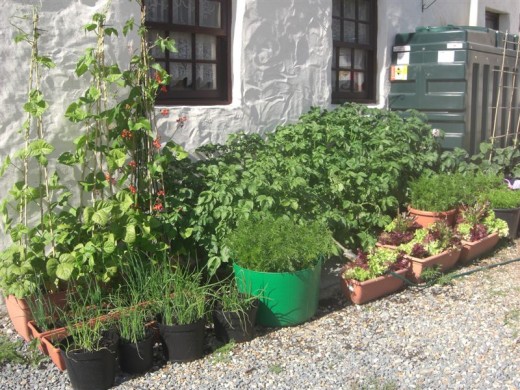
I really hope you have found this article helpful and that in the future you can apply these methods and see the difference for yourselves. Hopefully you will be able to pass these tips on to your own children and encourage them to develop the same fascination and satisfaction in growing their own food in the future. We live in a world where many children just think of vegetables as dull, boring and something that comes from supermarket shelves. You would be alarmed at how many children have no idea that chips (fries) are made from potatoes. We need to awaken their imaginations, encourage them to want to eat food they have grown themselves and to understand how they can actually provide healthier food this way. Education is always going to be the key, and this starts with the parents leading by example.


